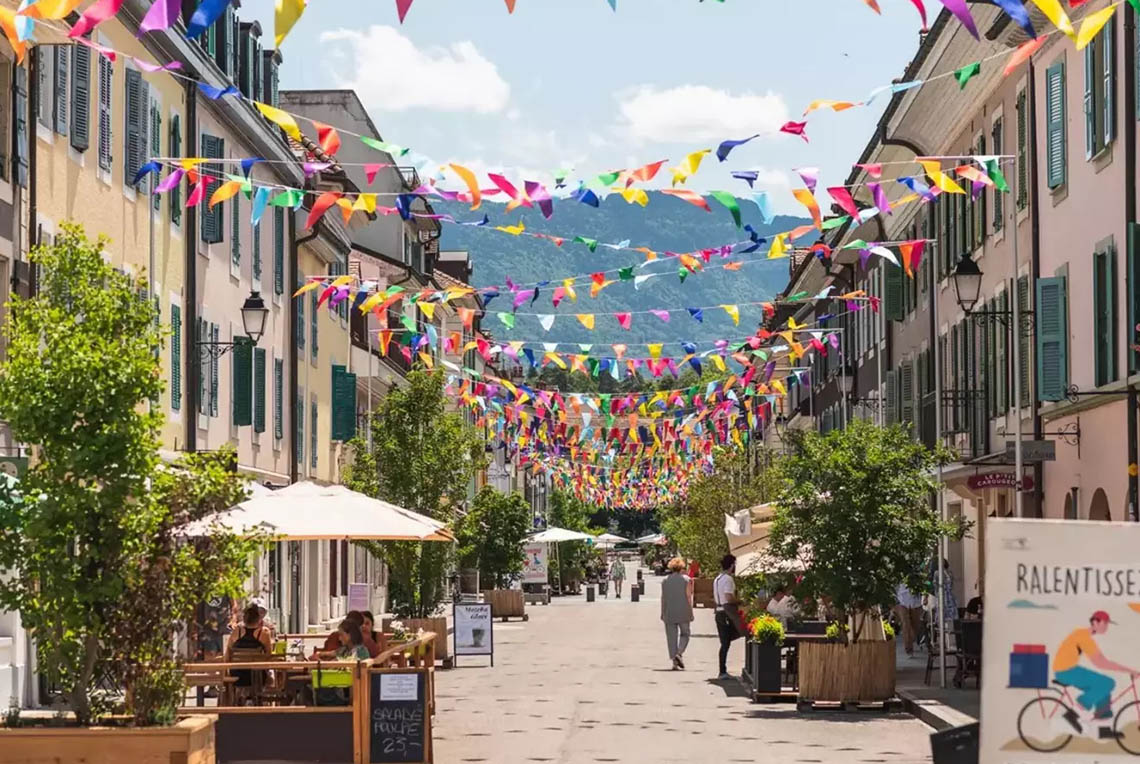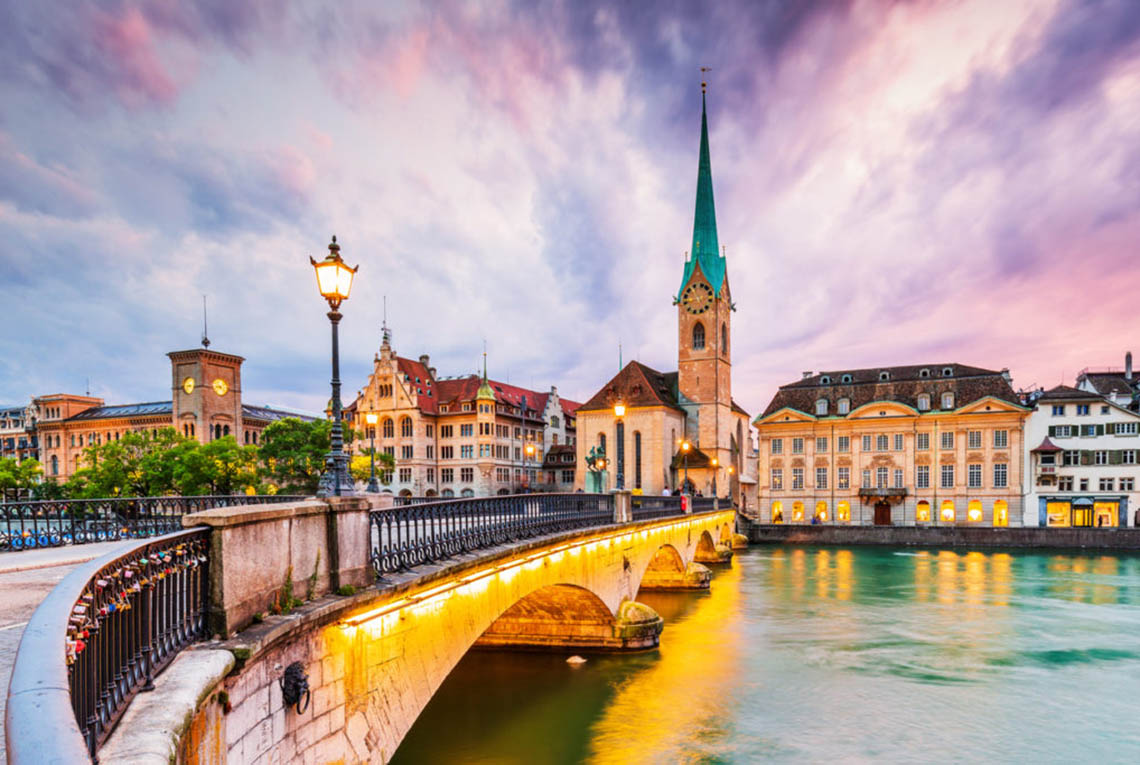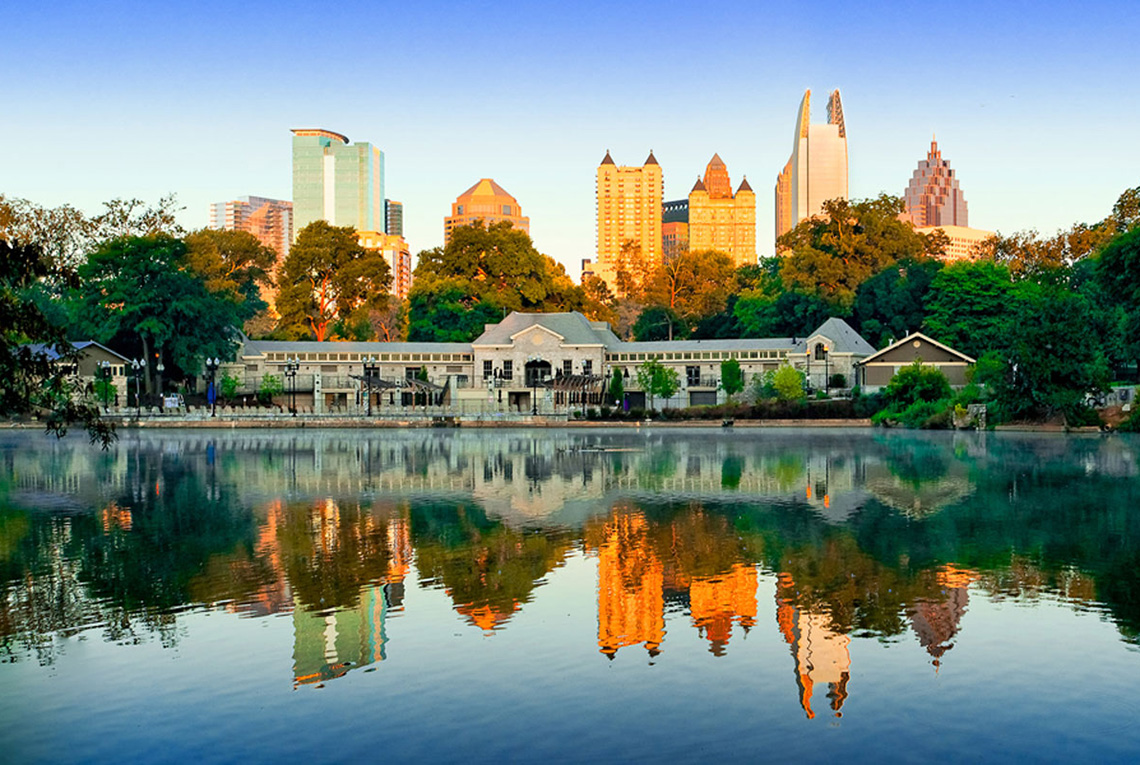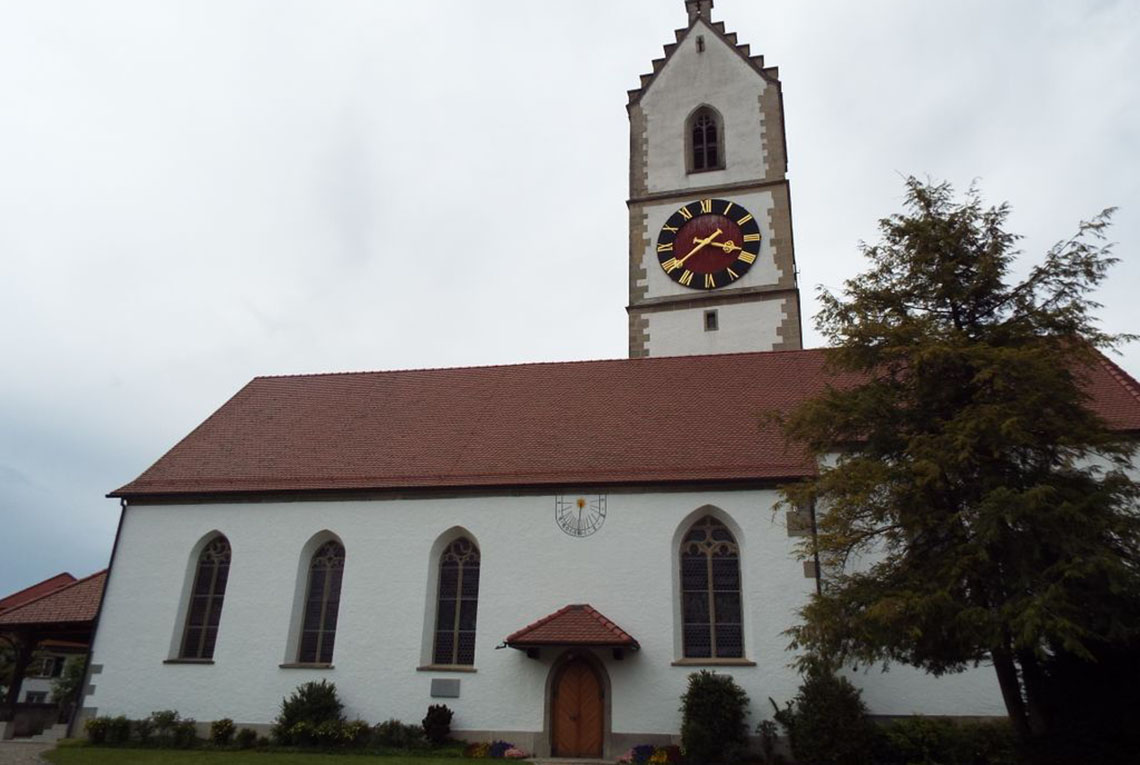I always find myself drawn to cities rich in history, culture, and natural beauty. Geneva, Switzerland, is one such place that seamlessly combines these elements. Nestled on the shores of Lake Geneva and surrounded by the Alps and Jura mountains, the city offers a perfect mix of cosmopolitan charm and serene landscapes. On my recent trip to Geneva, I had the opportunity to explore its many fascinating attractions.
1. Jet d’Eau – The Icon of Geneva
No visit to Geneva is complete without seeing the Jet d’Eau, one of the city’s most famous landmarks. This massive water fountain shoots up to 140 meters into the air and can be seen from various parts of the city. I first caught sight of it while strolling along the shores of Lake Geneva. The sheer power and height of the fountain left me in awe. It’s especially beautiful in the evening when it’s illuminated, creating a stunning display against the backdrop of the Alps.
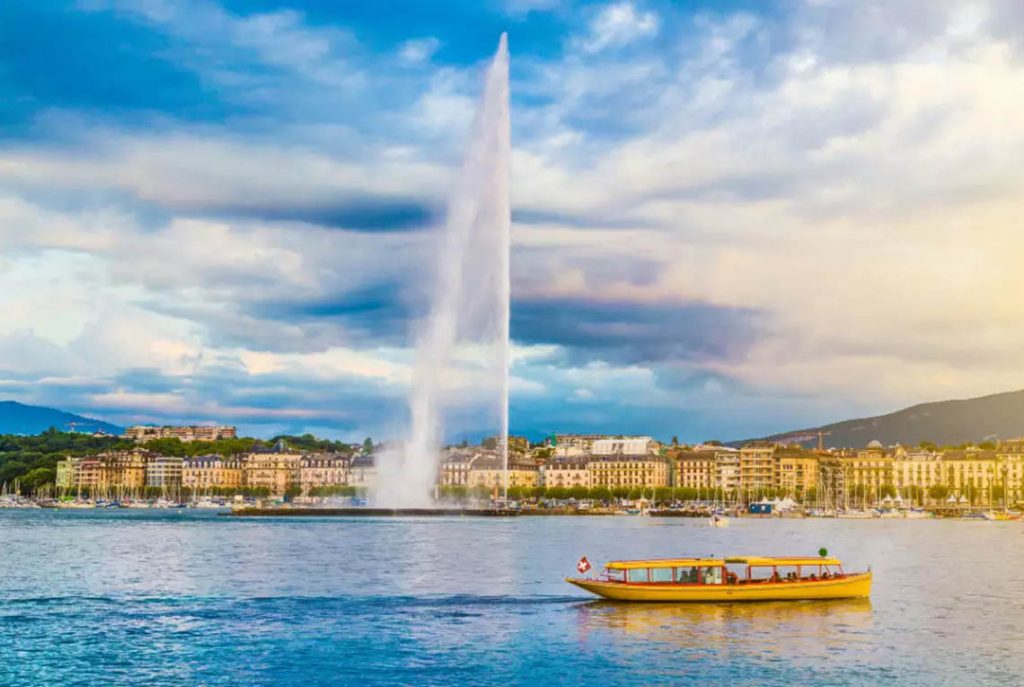
Getting to the Jet d’Eau is easy, as it’s located at the end of the Quai Gustave-Ador. Whether you’re walking along the lake or relaxing in one of the nearby parks, the fountain is impossible to miss. I recommend taking a boat ride on Lake Geneva to get an up-close view of the Jet d’Eau from the water – it’s an experience you won’t forget.
Tip: Wear a waterproof jacket if you plan to get close to the fountain, as the spray can be quite refreshing (and drenching) on windy days!
2. Old Town (Vieille Ville) – A Walk Through History
Geneva’s Old Town is a labyrinth of narrow, cobblestone streets, historic buildings, and charming squares. As I wandered through the Old Town, I felt like I had stepped back in time. The St. Pierre Cathedral, with its imposing Gothic architecture, towers over the area. Climbing the cathedral’s tower was one of the highlights of my trip – the panoramic view of Geneva, the lake, and the surrounding mountains from the top is breathtaking.
After exploring the cathedral, I spent some time in Place du Bourg-de-Four, the oldest square in Geneva. This vibrant spot is filled with cafes, restaurants, and shops, making it the perfect place to relax and people-watch. I stopped at a small café for a coffee and watched locals go about their day. It’s easy to lose track of time while soaking in the Old Town’s peaceful yet lively atmosphere.
Getting there: The Old Town is within walking distance from the city center, and I found it easiest to explore on foot. Just be prepared for some steep streets and lots of walking, so wear comfortable shoes.
Tip: Don’t miss the Maison Tavel, the oldest house in Geneva, which is now a museum showcasing the city’s history. Admission is free, and it’s a great way to learn more about Geneva’s past.
3. Parc des Bastions – A Tranquil Escape
After a morning of sightseeing, I wanted to take a break and relax in one of Geneva’s beautiful parks. Parc des Bastions is a peaceful green space located just outside the Old Town. It’s home to the impressive Reformation Wall, a monument dedicated to the leaders of the Protestant Reformation. The wall features larger-than-life statues of figures like John Calvin and Theodore Beza, making it a must-see for history buffs.
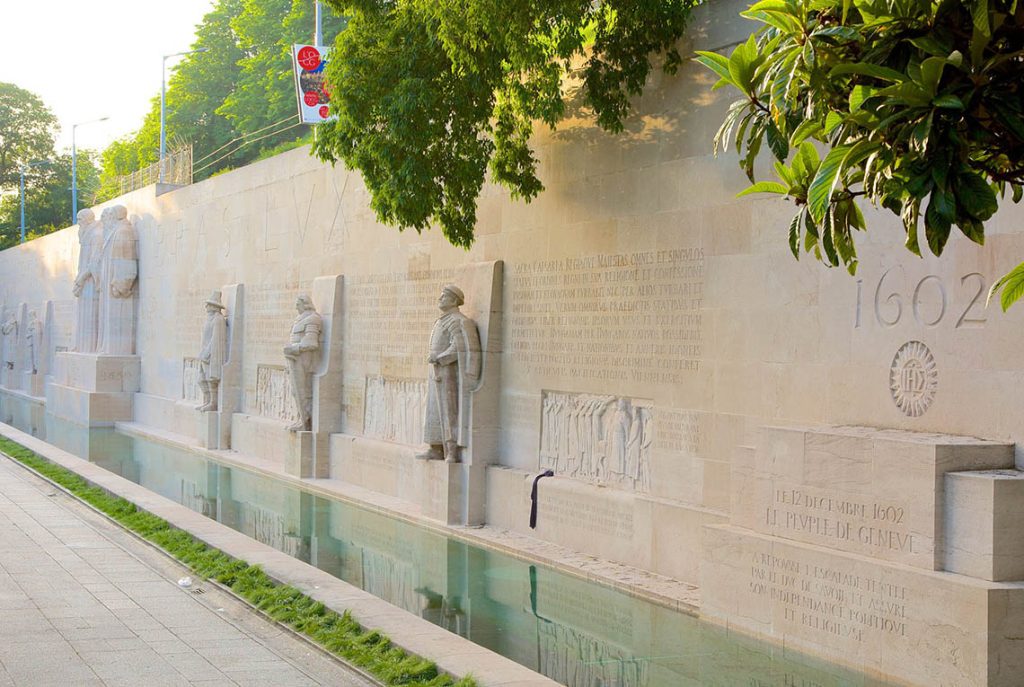
The park itself is a lovely place to unwind, with wide lawns, tree-lined paths, and a giant chessboard where locals gather to play. I sat on a bench near the chessboard and watched an intense game unfold – it was a fun way to experience a bit of local life. The park is also home to the University of Geneva, so you’ll often see students studying or relaxing in the sun.
Tip: If you’re visiting in the winter, Parc des Bastions transforms into a winter wonderland, with ice skating rinks set up for visitors and locals to enjoy.
4. Palais des Nations – A Glimpse of Global Diplomacy
Geneva is known for being a hub of international diplomacy, and one of the best places to witness this firsthand is the Palais des Nations, home to the United Nations Office at Geneva. As someone interested in global affairs, visiting this historic site was a priority for me. I joined a guided tour, which took me through some of the most important rooms, including the Assembly Hall and the Council Chamber. It was fascinating to learn about the building’s history and the role Geneva plays in international diplomacy.
The Palais des Nations is surrounded by Ariana Park, a beautiful green space that’s home to peacocks roaming freely. The tour also gave me access to the Broken Chair Monument, a symbol of opposition to landmines and cluster bombs, located just outside the building.
Getting there: The Palais des Nations is easily accessible by public transport, and I took a tram from the city center to the Nations stop. From there, it’s just a short walk to the entrance.
Tip: Book your tour in advance, as spots fill up quickly, especially during peak tourist season. Don’t forget to bring a valid ID for entry.
5. Lake Geneva Boat Cruise – A Scenic Journey
One of the best ways to appreciate the beauty of Geneva is from the water. I decided to take a boat cruise on Lake Geneva, and it turned out to be one of the most relaxing and scenic parts of my trip. The boat took me past some of Geneva’s most famous landmarks, including the Jet d’Eau, the Mont Blanc Bridge, and several lakeside mansions.

The cruise also offered stunning views of the Alps and the Jura mountains, making it a great way to soak in the natural beauty surrounding the city. Whether you choose a short boat ride or a longer tour that takes you to nearby towns like Yvoire in France, you’ll be treated to unforgettable views.
Tip: Bring your camera, as the views from the boat are simply breathtaking. If you’re visiting in the summer, opt for an open-air boat for the best experience.
6. Carouge – Geneva’s Bohemian Neighborhood
For a change of pace, I headed to Carouge, a charming neighborhood just outside the city center. Often referred to as Geneva’s answer to Greenwich Village, Carouge has a distinctly Mediterranean feel, with its colorful buildings, artisan shops, and relaxed vibe. The area was originally designed by Italian architects, which explains its unique character.
I spent an afternoon wandering through Carouge’s narrow streets, browsing through vintage shops and stopping at a local bakery for some delicious pastries. The neighborhood is also known for its lively markets, where you can find everything from fresh produce to handmade crafts.
Getting there: Carouge is easily accessible by tram from the city center, and I took the Tram 12 to get there. It’s a short ride, and well worth the trip for anyone looking to experience a different side of Geneva.
Tip: Visit Carouge on a Saturday, when the Carouge Market is in full swing. It’s a great place to pick up local goods and souvenirs.
Planning Your Trip and Budgeting for Geneva
Geneva is known for being an expensive city, but with some careful planning, it’s possible to explore without breaking the bank. Here are a few tips I learned during my trip:
- Accommodation: If you’re on a budget, consider staying in a hostel or a budget hotel in the surrounding neighborhoods. Geneva’s public transport system is excellent, so you can easily commute to the city center.
- Food: Dining out in Geneva can be pricey, but you can save money by eating at local cafes or food markets. I enjoyed some affordable and delicious meals at Les Halles de l’Ile, a food market located on an island in the middle of the Rhône River.
- Transport: Geneva’s public transport system is efficient and easy to use. I purchased a Geneva Transport Card, which gave me unlimited access to trams, buses, and boats throughout my stay.
Geneva is a city that offers a little bit of everything – from rich history and culture to stunning natural beauty. Whether you’re strolling through the Old Town, relaxing by the lake, or exploring international landmarks like the Palais des Nations, there’s always something to discover.
